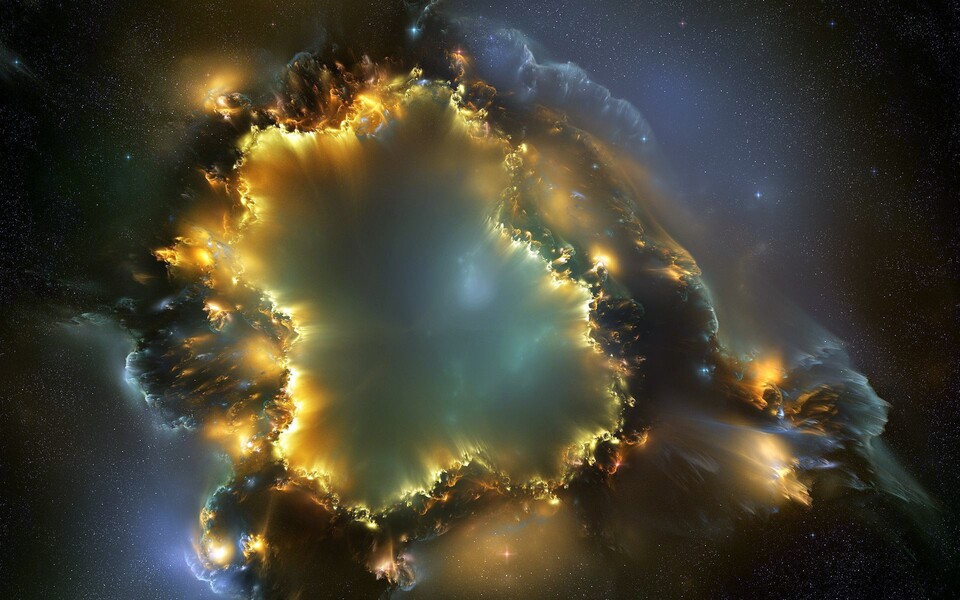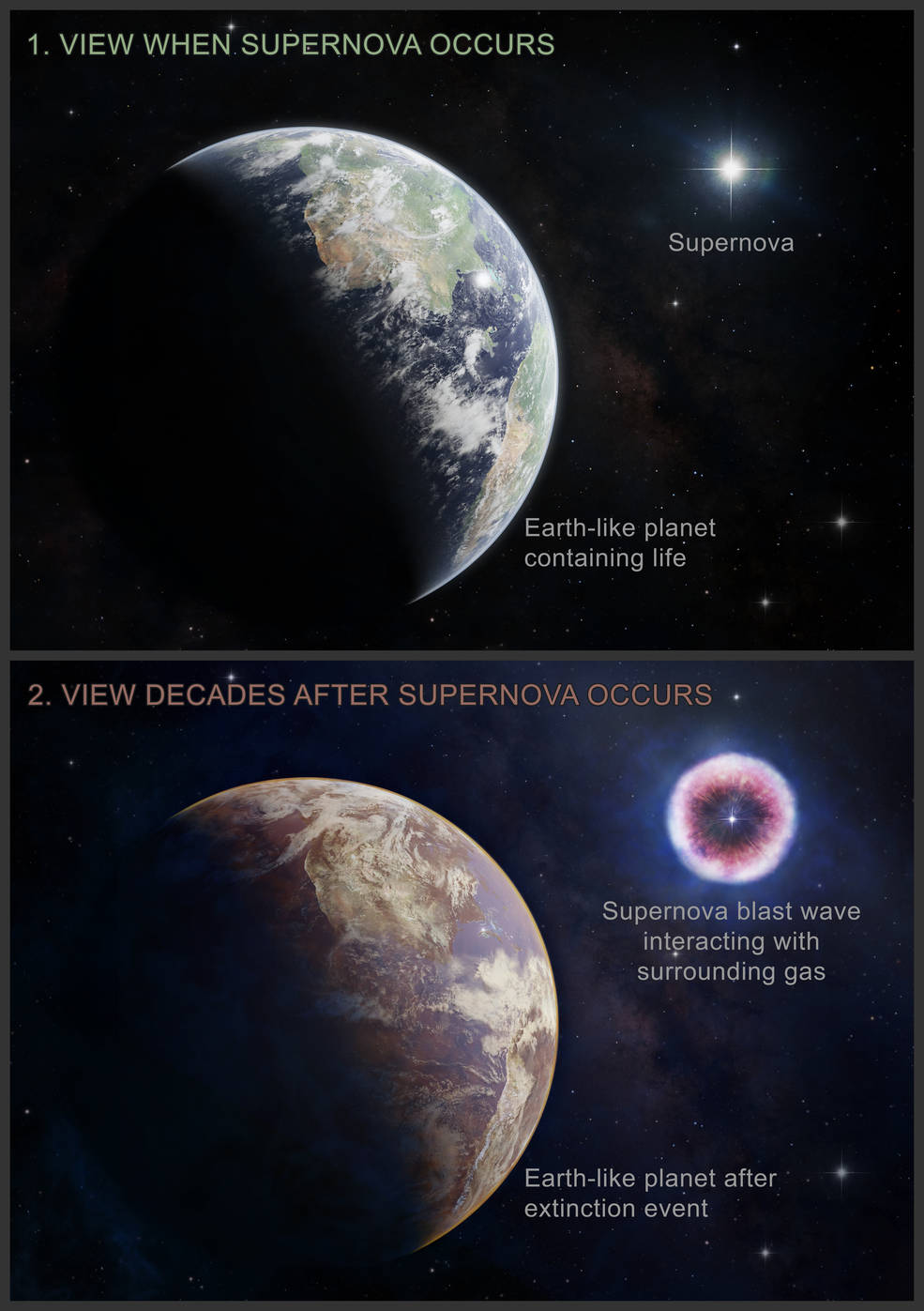A supernova explosion is one of the most spectacular events in the Universe. During the explosion, huge energy is released and the entire kaleidoscope of the electromagnetic spectrum, including visible and ultraviolet light, radio waves and X-rays, shoots into space. But this event can really be very destructive. And so much so that it can destroy neighboring planets or make them uninhabitable. But a supernova explosion is not the end of the threat to the planets.

Recent studies using NASA’s Chandra X-ray observatory show that even long after a supernova flare, there may still be a danger to planets within a radius of several hundred light-years.
Hidden threat
Astronomers know that planets can suffer from a supernova explosion in two stages. In the first period, they are threatened by radiation emanating from the star immediately after the explosion. And then the planets can be harmed by cosmic rays or particles charged to high velocity, which can arrive thousands of years after the explosion. But recently it turns out that there is a transitional period between these two destructive stages, when supernovae can damage the atmosphere of nearby planets.
All supernovae emit a certain amount of X-ray radiation. But if a supernova occurs near a dense cloud of gas, it can create a huge wave of X-rays that can affect planets up to 160 light-years away.

Streams of X-rays can seriously change the chemical composition of the planet’s atmosphere. In the case of a planet similar to Earth, this process can destroy a significant part of the ozone layer, which protects life from dangerous ultraviolet radiation,” said lead author of the study Ian Brunton from the University of Illinois.
Destructive influence of supernovae on the Earth
Scientists have discovered this effect by examining X-ray observations of 31 supernovae to see how far the effects of these explosions can reach. NASA reassures us that we don’t have to worry about falling victim to a supernova that will destroy our atmosphere, since there are no potential supernovae near Earth to cause concern.
The only relatively close candidate for supernovae is Betelgeuse. But this star is located about 650 light-years away from us, so it’s too far away to threaten our planet.
But our planet could have suffered from an X-ray explosion of a supernova in the distant past. The evidence for this comes from a certain radioactive type of iron missing in some places on Earth, suggesting that two supernovae could have exploded two to eight million years ago. Such an X-ray explosion could cause terrible damage to the food chain, in particular, affecting marine life.
NASA even suggests that the consequences can potentially lead to one of the biggest extinctions on Earth. But so far there is no direct evidence linking past extinction events, such as the death of dinosaurs, with known supernova explosion events.
Earlier we reported how James Webb noticed a supernova explosion in a distant spiral galaxy.
The results of the study are published in The Astrophysical Journal
Follow us on Twitter to get the most interesting space news in time
https://twitter.com/ust_magazine

